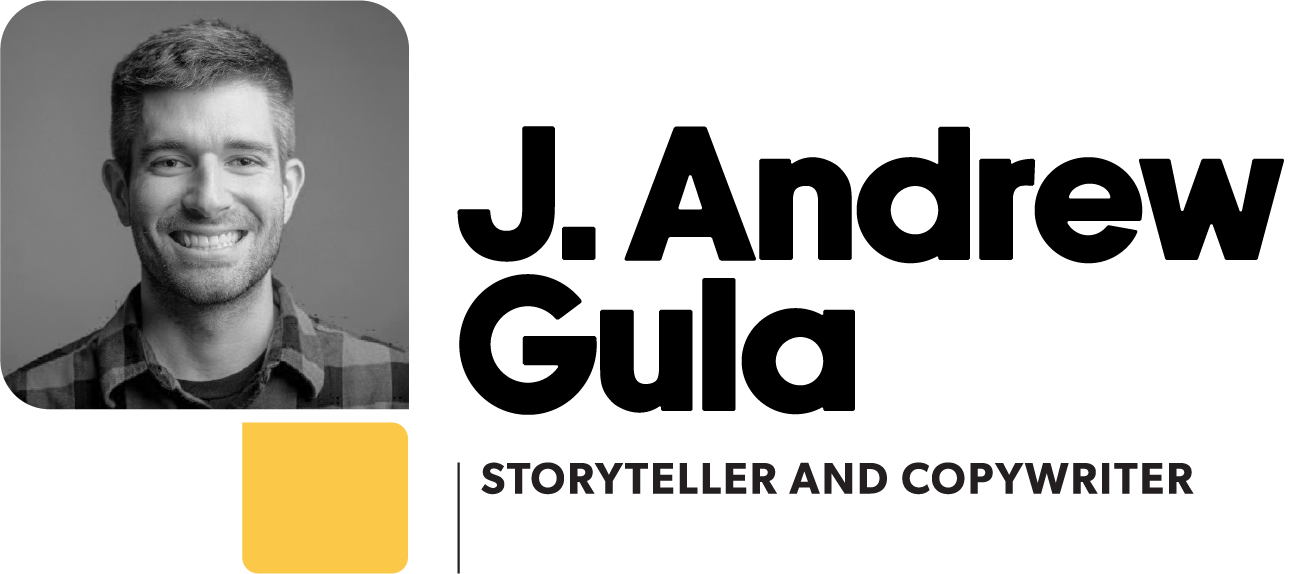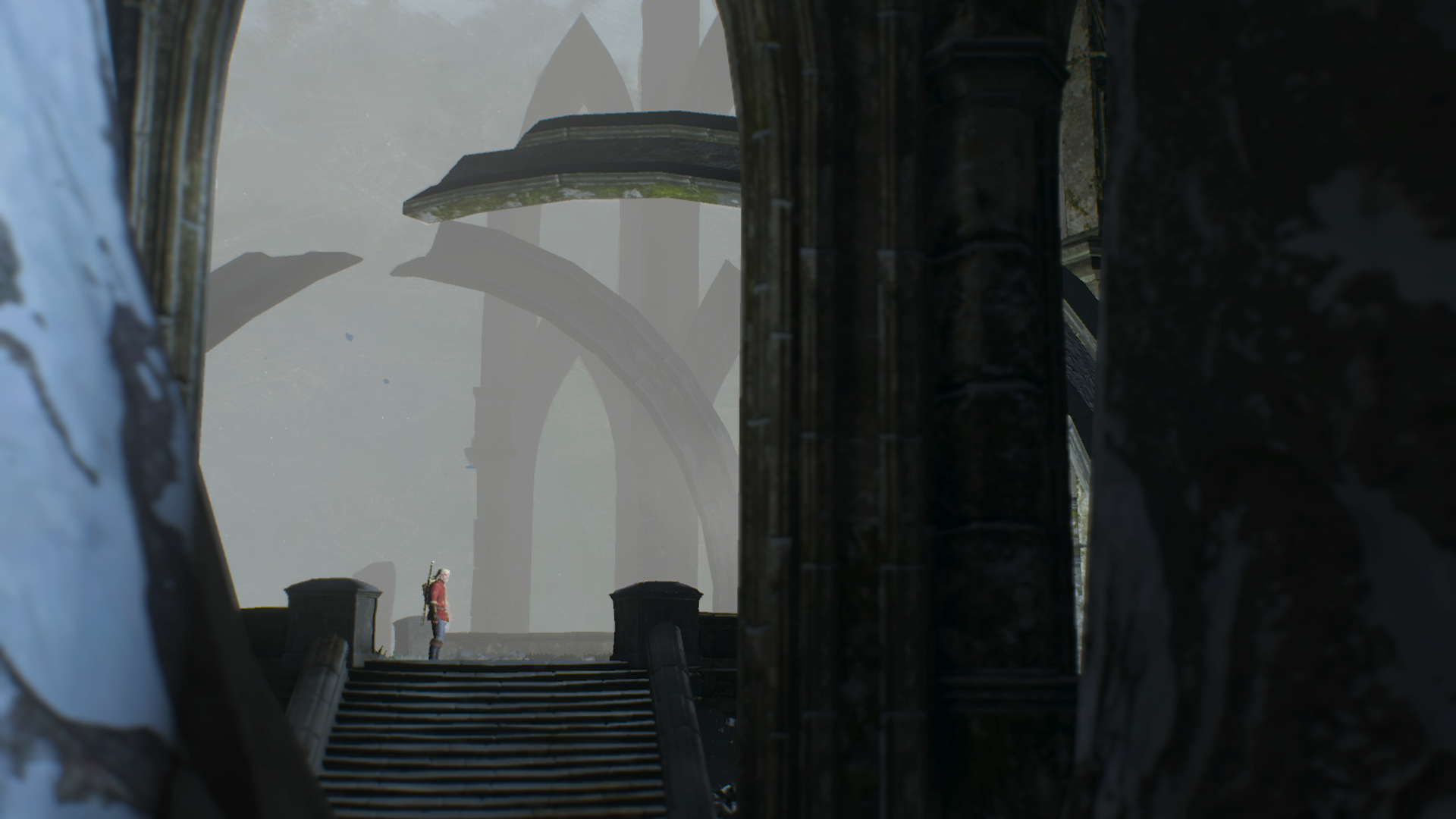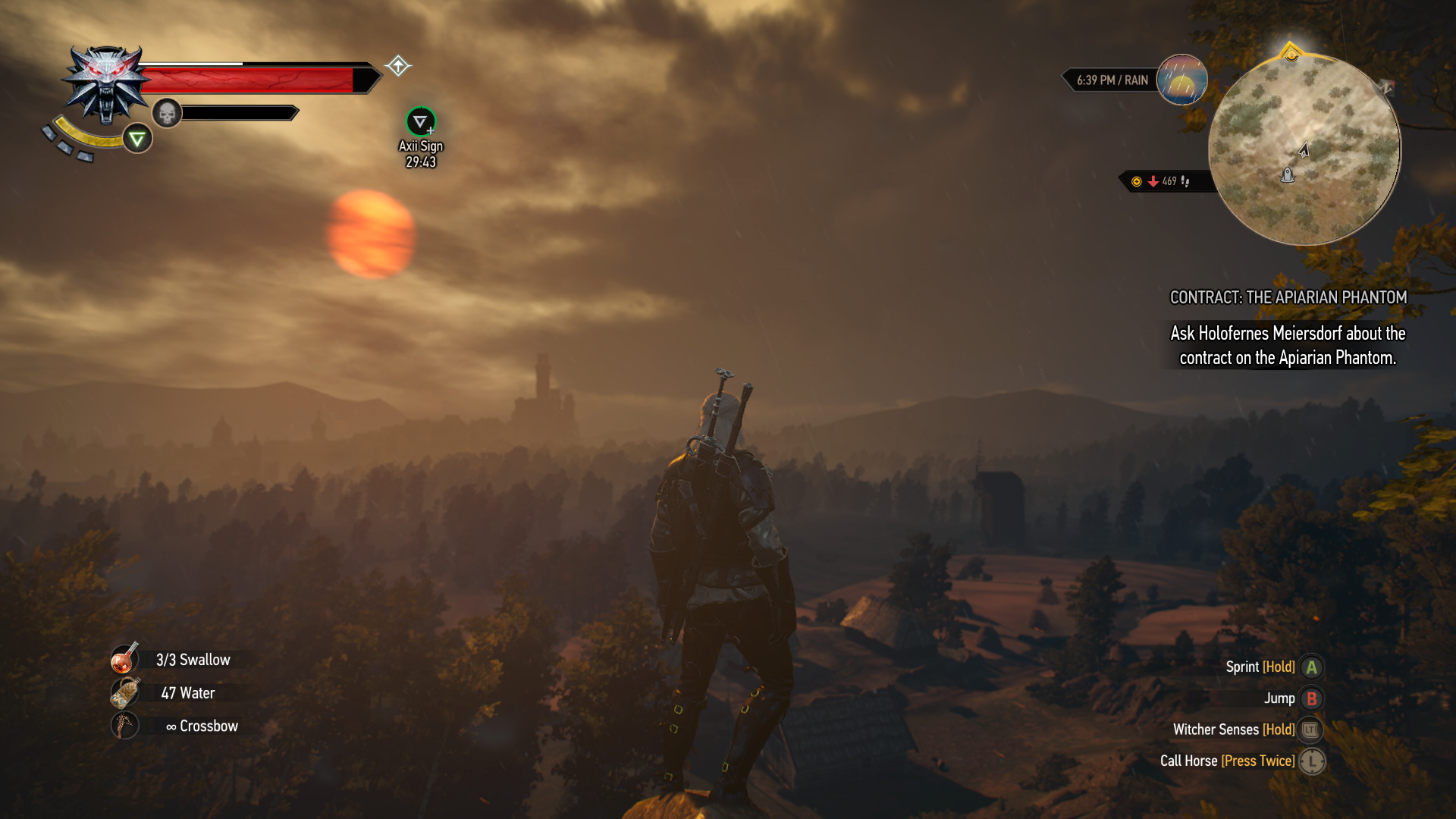The Witcher 3: Wild Hunt review
Playing The Witcher 3: Wild Hunt is a battle of attrition. It’s rare to find a game with so much content (my playthrough hit 150 hours at only 67 percent completion) that demands attention. In fact, my biggest complaint is that it took me so long to beat the game simply because life wouldn’t stop for me to play more.
The Witcher 3 is an open-world RPG designed to reset the bar on what an RPG can be. Over the past few years, CD Projekt Red (CPR) have proven themselves to be a studio of RPG lovers that knows it audience. CPR isn’t afraid to practically give away some of the best roleplaying content out there, and this hearkens back to the success of RPGs in the late 90s. But what really makes CPR stand out is the sandbox that they’ve crafted and the depth of the lore they’ve built upon.
Taking inspiration from Polish author Andrzej Sapkowski, CPR developed a dark European fantasy world that combines the grim, morally grey atmosphere of Game of Thrones with the choice-and-consequence decisions of a BioWare RPG. From the opening cinematic to the end credits, I couldn’t help but feel drawn into the war-torn Northern Realms.
A time of madness
The Witcher focuses on Geralt of Rivia, a man who hunts monsters for a living. In Geralt’s world, powerful beasts roam the countryside, requiring common folk to seek outside help. The process that follows is simple: village elder posts contract; witcher shows up to investigate; monster dies very quickly. As you’d expect, the nobility see witchers as a commodity to be used, while villagers see them as detestable freaks (due to the mutations required to combat the aforementioned monsters).
Oh, and the mutations also emotionally neuter the witchers. That means Geralt isn’t just someone who tracks and kills beasts for money—he’s a man who’s incapable of feeling remorse, guilt, or shame for what he does. He is the literal consummate professional, and he’s left to make the most of his life as a social outcast with an eclectic bunch of associates.
I could write a thesis paper about the people who share Geralt’s world. For villains, you’ve got the Witches of Crookback Bog (*shudders*) and Imlerith, commander of the Wild Hunt. For allies, Geralt assembles a team of friends that would make Frodo jealous (or thankful, in some cases). The trick here is that the NPCs provide meaningful interactions within the world, and Geralt has a personal history with each person.
A layered narrative
That’s another layer of mastery at work. There are moments when Geralt references an event or runs into a person and simply reacts. Someone familiar with his world will catch the innuendos and “pop culture” references, while a new gamer will simply appreciate the extra depth of an already-fathomless RPG experience. It all adds a new level of familiarity with Geralt, his environment, and his friends, and actually encourages gamers to check out the source material (which is awesome, by the way).
As with the Witcher 2, Geralt faces a number of pivotal decisions in the third and final installment. Each choice offers divergent paths, some of them so distinct that main characters might never appear based upon previous actions. The weight of every decision forced me to consider all possible outcomes almost as if I would have to personally deal with the consequences.
Oh, yeah. I guess I should mention that The Witcher 3 was widely considered 2015’s best-looking game. The wizards at CPR invested years rebuilding their graphics engine from the ground up, including an algorithm for randomized weather effects, and the payoff is a beautiful thing. Sweeping vistas, environmental effects, and world design really do set a new bar for open-world adventures, RPGs, and video games in general.
A (slightly) flawed masterpiece
Combat mechanics were always cumbersome in the Witcher series, and the third installment doesn’t quite escape that legacy. CPR streamlined a lot of the clunky bits, and while they (mostly) succeeded, Geralt still struggles at times. But the swordplay is weighty and fulfilling, the items require strategic use, and the magic system can win or lose a battle.
The different components work well together, but I never felt required to use all of them in order to succeed. I’m not sure if that’s a mark against the game or proof of its combat versatility.
Lastly, it must be said that the movement can be suspect at times. A number of patches dealt with the worst of this, but Geralt still runs with the momentum of a rocket-propelled elephant on ice. I had a few suicidal “skids” that sent Geralt careening off a cliff, but I adapted to it after a few hours. It wasn’t a game-breaking issue for me, and the developers have systematically dealt with it via patches. Still, the problem at least bears mentioning.
Author’s note: Despite my indescribable passion about this franchise, The Witcher 3: Wild Hunt merits its “M” rating. Geralt lives in a dark world, and the writers weren’t afraid to drag their hero through the muck and mire of human baseness. Graphic content abounds, but most of it is totally avoidable based upon player choice.
In a nutshell
The Witcher 3 demands an investment beyond what is normal for modern RPGs. It nails the attention to details that are hallmarks of the roleplaying genre. The game combines a vast sweeping plot, myriad side quests and activities, and a band of memorable personalities. It's a masterpiece that can proudly stand alongside any game in this genre.
CD Projekt Red deserve the many accolades they’ve received. The Witcher 3 was crafted to be the best RPG for years to come, and Geralt’s swan song sets the standard for open-world games.
Pros
+ Immense world full of worthwhile activities
+ Gripping narrative across the main story arc
+ Meaningful side quests/activities
+ Unforgettable cast of characters
Cons
- Laborious quest threads can slow the progression
- Momentum-based movement can be a hassle



